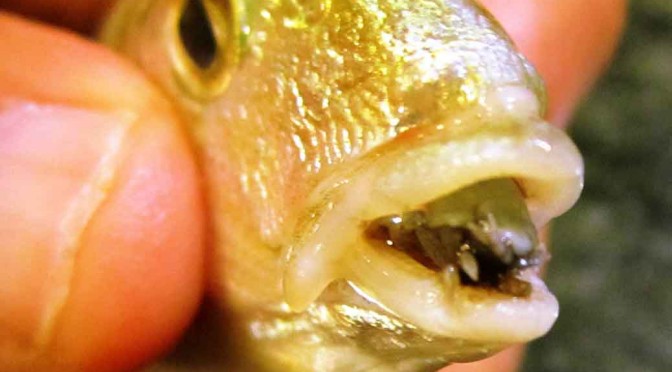Background Story
In the year 1989, a navy technician Joseph George, discovered something mysterious. While looking for enemy submarines in the sea by detecting sound signals, Joseph noticed that there was a mysterious lone sound which stood out in the acoustic signal. From his years of experience as an acoustic analyst, Joseph knew that this sound wasn’t coming from a submarine. As predicted, no enemy ships or submarines were found on further examination.
The sound was a deep pulsing wave and was incredibly loud. It seemed as if it were coming from a machine. But he was certain that this wasn’t a mechanical machine which was making the sound. There was something biological about it. So Joseph decided to call an experienced marine biologist to find out what was making that sound. The researcher confirmed that it was a whale! But not a normal whale…
Did you know?
Whale vomit can make you rich.
and Whale fat is a very healthy thing to eat.
The Twist
If this was really a whale, it still confused the marine biologist because first, the sound was coming from an awkward path. Since whales travel together in a regular migratory path, this wasn’t coming from any of those paths. Also, it was a lone sound.
Secondly, the frequency of sound that was detected was measured to be 52 hertz, and no species of whales were known to make that kind of sound. Usually whales create a sound with a frequency that lies between 15 to 20 hertz. This was definitely not any known species of whale. Or even if it was among any of the known species, it was calling out the wrong note. A note, probably no other whale could hear.
So, for obvious reasons, even when the loud bass was heard for several times, no response by other whales was detected. This was awkward because whales usually respond to the members of their groups. They talk. It was concluded that this whale was travelling alone. No one knew why.
Studies and Theories
In the 13 years of study that ensued, the whale (or whatever it was) was never seen, nor was a response to its song was noted. Scientists started calling it the 52 hertz whale. They could never figure out why the whale sang in a different voice or even an answer to why it was alone, travelling on a completely different path.
Scientists have tried to explain this, but there has never been a solid answer that explains the lonely nature of the creature. To explain the loneliness, some say that the 52 hertz’s voice can’t be heard by other whales, others say that it can’t hear the other whales. Some say that the other whales are scared to respond or go near an unusual voice. Other theories say that the whale must be a hybrid of two different species of whales and that is the reason it sounds so different. What is the real deal, no one knows.
Stories Documentaries and Poems
The 52-hertz whale started having a huge fan following in the late 2000s. A 90 minute documentary was made. However, I couldn’t find it anywhere. Poems were written. Blogs and statuses were written and people sounded touched & concerned. They wanted to extend help to the lonely whale in some way.

Did you like this article?
Every day I send out a newsletter with an un-cut new article and exclusive content for readers. It’s basically my way of keeping in touch with you and letting you know what’s going on. Your information is protected and I never spam.
Subscribe from the sidebar to stay connected. Feel free to reply to these newsletters too…


